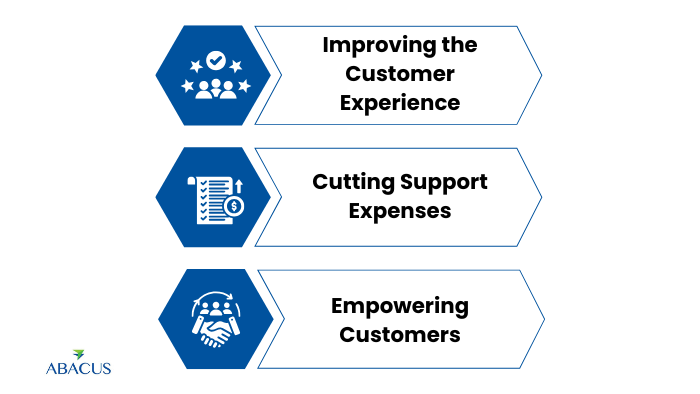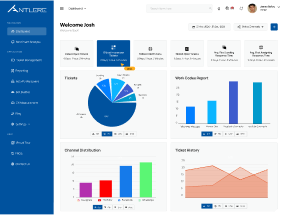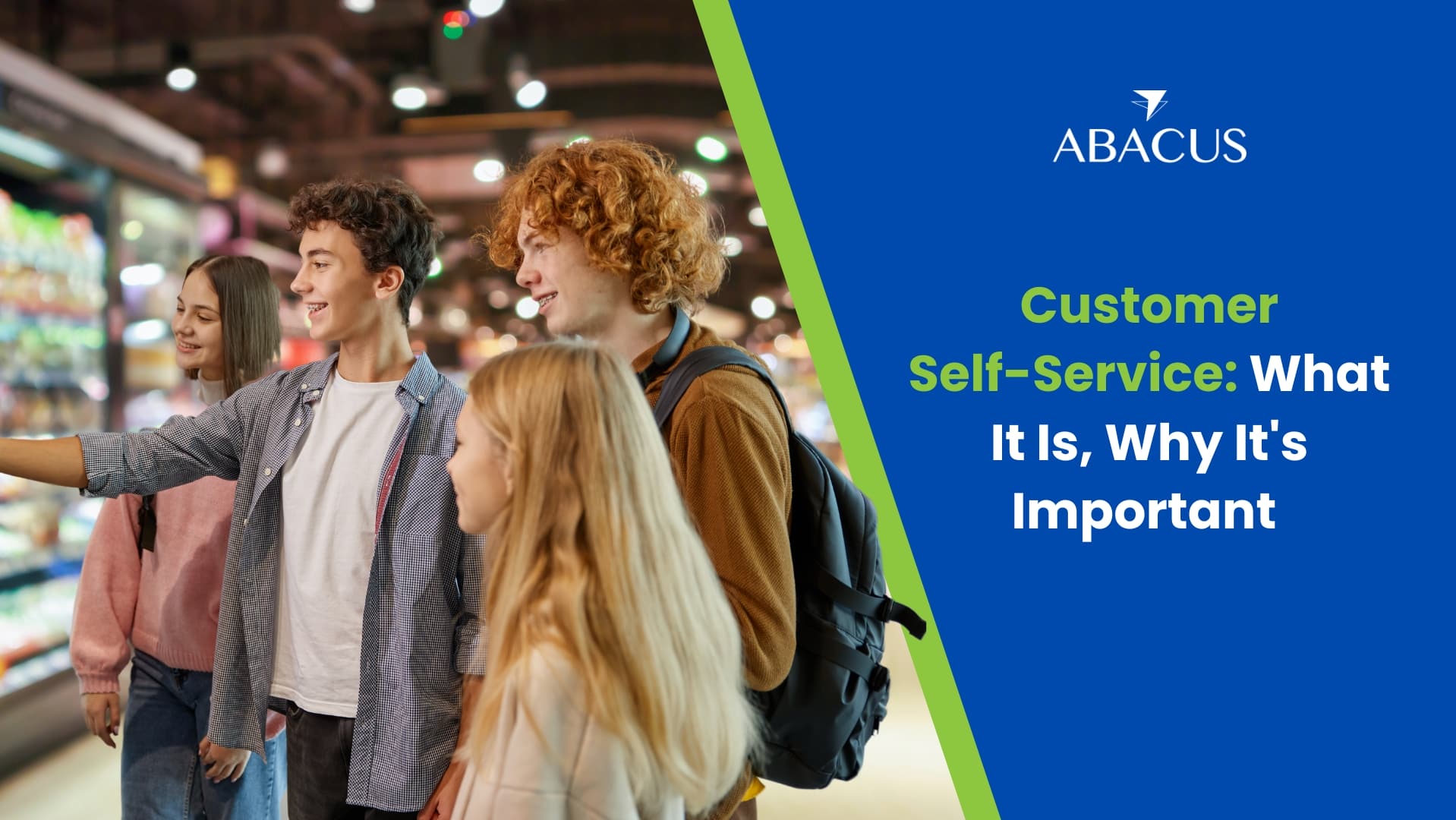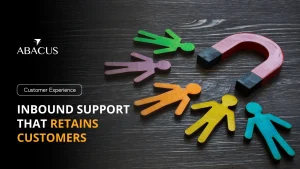Customer self service is a contemporary strategy that enables users to locate information and fix problems independently, without direct support from an agent. Understanding and utilizing efficient self service choices has become essential for companies aiming to enhance customer satisfaction and optimize operations due to the rise of digital technology. Implementing customer self service solutions has transformed the way companies serve and retain customers.
What is Customer self service?
Customer self-service includes a number of channels through which customers can help themselves. Typical instances consist of:
Knowledge bases and FAQs are extensive collections of often-asked questions and answers like the information section on big box e-commerce websites etc., where one can quickly find information on returns, shipping and product specifications, and etc.
Virtual assistants, along with chatbots automate the process of giving out prompt answers to the set questions. For example, Fomos has a lot of beauty businesses that have chatbots on their websites that assist clients with appointment scheduling, product suggestions, and having a smooth troubleshooting process.
Community Forums: Sites where people can share their problems and solutions or share their solutions and experiences. One example is tech support networks where people exchange fixes and talk about technical problems concerned with different products.
Good self-service is illustrated by Amazon’s return procedure, which does not require customers to call to start a return, print a shipping label, or follow the parcel in any way.

Why Customer Self Service is Important?
Customer self-service offers several significant advantages:
Improving the Customer Experience:
This populates a convenient self-service alternative such that they are available. Take, for example, the smartphone applications that several airlines now have that allow you to check in, see the boarding passes, and track when your flight will come without having to wait in line at the airport. It lessens the wait times and makes the journey experience better.
Cutting Support Expenses:
Automated channels can save businesses a lot of money by addressing routine questions. For instance, chatbots are utilized by a number of banks to take care of standard stuff like transactions and account balances to leave the human agents to solve complex problems. It also means that the bank is more effective at deploying the resources.
Empowering Customers:
Self-service tools help customers take charge of their support journey. In such areas as IT and games, users can also find the solutions provided by other customers in user forums. Many forums online present information that proves to be insightful and which makes participation and entertainment more of a community experience.
Implementing Customer Self-Service
Businesses should do the following to properly integrate customer self-service:
Evaluate Customer Needs: Input should be compiled to find commonly asked queries or problems. With consumer insight gathering tools, businesses can learn more about their audience.
Select the Appropriate Tools: Then, it depends on customer preference and the business model to choose platforms. Multiple flexible solutions exist to enable companies to give a consistent customer experience.
Provide User-Friendly Resources: Ensure that self service choices are easy to use, and provide highly visible, comprehensive information. For example, support websites with video tutorials and step by step instructions allow customers to solve the problem on their own.

Challenges and Considerations
While self-service offers many benefits, there are potential drawbacks that businesses should consider:
- Customer Dissatisfaction with Insufficient Resources: The convenience they can bring, however, may be offset (if the resources offered are inadequate, or badly designed). If consumers have trouble finding relevant information they may get dissatisfied. For instance, if a knowledge base is insufficient with lengthy articles or no clear instructions, consumers will feel abandoned and decide to contact assistance, which is not the purpose of self service.
- Overreliance on Automation: As the use of chatbots and virtual assistants expands, businesses can get too reliant on their use. The drawback is that automation can answer many basic questions, but can’t answer tricky or subtle things. An automated reply would not be helpful to the customers with complex issues compelling a bad experience.
Balancing Self-Service with Human Support
Ensuring that customers can easily transition to live support when necessary is vital to maintaining satisfaction and resolving complex issues:
Successful escalation strategies
Ensuring that when clients require assistance they get it is vitally dependent upon the creation of efficient escalation plans. Here are a few tactics to think about:
The Escalation of Context:
First, a chatbot should be able to collect the context pertinent to a given problem and hand off the conversation to a human agent in a seamless way.
Tiered Support Levels:
Using a tiered support structure, we can generalize support tickets by their complexity. You can point the simple issues to self service; the more complex ones to trained agents. Given this approach, resources are optimally allocated and customers get the optimal help.
Feedback Loops:
For example, ask your customers to give feedback on their self-service experience. By checking in on this feedback regularly, businesses can assess common areas of pain in order to enhance their self-service resources and confirm that the changeover to human support is easy and cost-efficient.

Conclusion
In a nutshell, customer service is a relic of the past and customer self service is indeed the future of customer support. This makes businesses able to create better experience for customer, cost reduction or empowering customers to achieve more efficient and satisfying interactions between the customer and business. When investing in effective self service solutions, not only do you meet today’s consumers’ requirements, but you also put your business in a position of success for the long haul in a competitive market.
This approach allows companies to flourish in an ever more digital world—a development that serves both customers and the bottom line. With customer expectations changing, self service will take center stage in the customer support of the future.
Are you ready to elevate your customer support strategy?
Partner with Abacus Outsourcing for tailored self-service solutions to boost customer engagement and efficiency.

FAQ's
You can discover customer care options by navigating to the self-service section of our platform, where you'll find support tools like chatbots, FAQs, and video tutorials designed to address common questions and improve your experience.
Your self-service experience is designed for ease and convenience. Through tools like our FAQ section, interactive guides, and live chat options, you can independently manage most inquiries, providing a seamless support experience without needing to wait for an agent.
Service examples of customer self-service include online order tracking, automated chatbots for quick inquiries, and knowledge bases with step-by-step guides. These options allow customers to solve issues and get information without contacting support directly.
A customer experience platform is an integrated solution that combines various tools and functionalities to manage and analyze customer interactions. Key features to look for include data analytics, customer feedback mechanisms, and personalized communication options. An effective CX platform should enable businesses to gather insights and make data-driven decisions to improve their overall customer experience.









